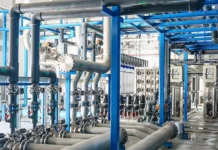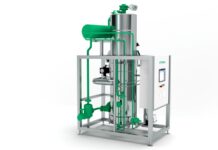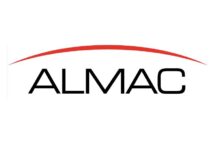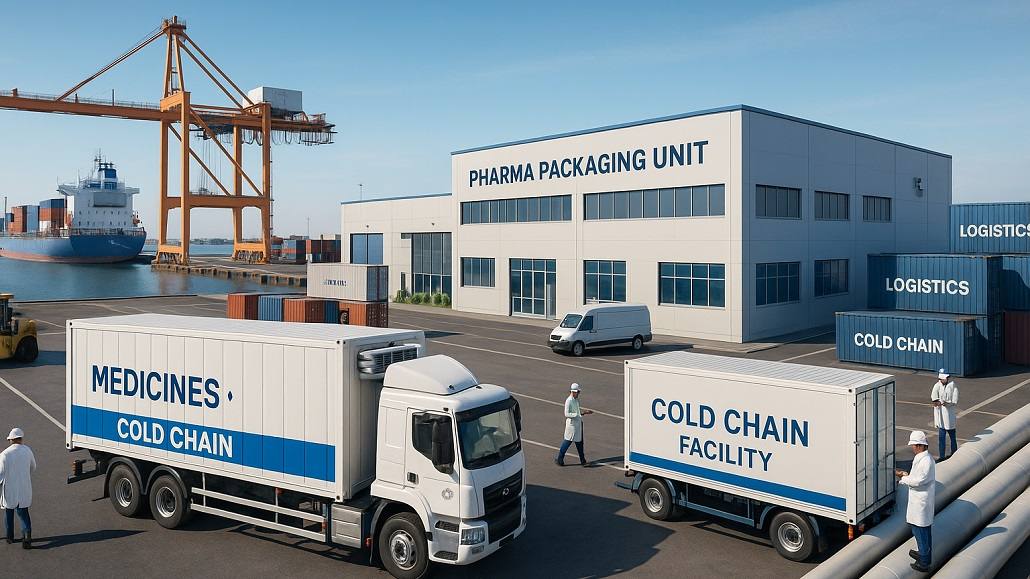It is well to be noted that the pharmaceutical sector has for long been characterized by its intricate, global supply chains designed in order to optimize production, decrease costs, and make sure that there is a timely delivery of essential medications. But recent disruptions that have stemmed from the COVID-19 pandemic, geopolitical tensions, and environmental challenges have exposed vulnerabilities within these complex networks.
Due to this, regional pharma hubs happen to be emerging as a strategic location in order to enhance supply chain resilience. Nearshoring, which happens to involve relocating manufacturers as well as packaging closer to the end customer, is indeed transforming logistics costs and lead times and, at the same time, fostering collaboration between ports as well as heavy logistics companies in order to develop the required export infrastructure.
The transition towards regional manufacturing as well as packaging hubs
As multinational pharmaceutical companies reevaluate their supply chain strategies, the trend of establishing regional manufacturing as well as packaging hubs is gaining a lot of speed. This kind of transition is driven by the requirement of enhancing resilience in the face of potential disruptions like transportation delays, supply shortages, and also rising regulatory pressures. Through moving production closer to the key markets, pharmaceutical companies can lessen the risk and at the same time enhance the responsiveness to the market demands.
Apparently, the World Health Organization (WHO) underscores that the global pharmaceutical supply chain is growing vulnerable to shocks, which can indeed lead to prominent public health issues. Subsequently, companies are indeed recognizing the advantages of regional hubs when it comes to maintaining a balanced supply of medications. For instance, moving manufacturing functions to regions such as South Asia, Latin America, and Eastern Europe enables companies to decrease their lead times as well as transportation expenditures while at the same time making sure of compliance with local authorities and regulations.
Through decentralizing the production, companies can also come up with more localized supply chains that better sync with the requirements of specific markets. This kind of approach not just elevates the availability of medicines, but at the same time, it also enables quicker alterations in terms of the response to changes within consumer demand or even regulatory requirements.
Effect on logistics costs as well as lead times
One of the most prominent benefits of developing regional pharma hubs by way of nearshoring is the positive effect on logistics costs as well as lead times. Traditionally, pharmaceutical companies have depended on long-distance shipping when it comes to raw materials as well as finished products, which can involve lengthy transit times as well as elevated transportation expenditures. By relocating manufacturing operations that are closer to end-user markets, companies can, in a way, streamline their logistics processes and, at the same time, decrease their shipping times in a significant way.
This kind of savings in costs is primarily attributed to decreased distances of shipping, lower transportation expenditures, and decreased inventory holding costs. Moreover, shorter lead times happen to contribute to enhanced cash flow as well as better inventory management by enabling organizations to respond in a more effective way to those market fluctuations.
In addition to this, regional hubs help the usage of local suppliers, which can further elevate supply chain efficiency. By way of sourcing raw materials as well as components from suppliers, pharmaceutical companies can lessen the risks that are associated with global sourcing, like tariffs as well as trade regulations. This transition not only promotes cost savings, but at the same time, it also supports local economies, thereby fostering robust relationships between suppliers as well as manufacturers.
Partnership between ports as well as logistics companies
Establishment of regional pharma hubs goes on to necessitate a partnership effort between ports as well as heavy logistics companies in order to develop the required export infrastructure. It is well to be noted that ports serve as critical nodes when it comes to the import and export of pharmaceutical products, whereas logistics companies play a key role in making sure that efficient movement of goods throughout the supply chain takes place.
So as to support the growth of regional hubs, ports are investing a lot in advanced infrastructure that can accommodate the distinct requirements of the pharmaceutical sector. This includes the development of specialized facilities when it comes to temperature-sensitive products, along with the execution of advanced tracking as well as monitoring technologies in order to maintain compliance with the strict regulatory benchmarks. Heavy logistics companies are also adapting their way of operations in order to meet the evolving requirements of the pharmaceutical sector. By way of investing in pipelines, compressors, and also refrigerated transport systems, logistics providers can make sure that medications are handled as well as transported under optimal conditions. For example, compressors happen to play a critical role when it comes to transporting gases as well as liquids, whereas pipelines help in the effective movement of bulk products, thereby enhancing the complete operational effectiveness.
It is worth noting that the collaboration between ports as well as logistics companies also extends in terms of sharing data as well as insights. Through working together, stakeholders can enhance visibility throughout the supply chain by enabling better demand forecasting along with inventory management. This kind of collaboration fosters a more integrated supply chain, which can respond in a more effective way to market changes as well as disruptions.
Regulatory consideration along with compliance
As the pharmaceutical hubs emerge regionally, regulatory considerations also play a vital role in their development. Pharmaceutical companies have to navigate an intricate web of regulations that vary across countries and regions. This is especially important for companies that engage in nearshoring, as they must make sure that their manufacturing as well as packaging processes comply with the requirements of the local authorities and regulatory organizations.
Regulatory agencies like the US FDA and the European Medicines Agency (EMA) have gone on to establish strict guidelines when it comes to pharmaceutical manufacturing as well as distribution. By way of establishing regional hubs, companies can, in an easier way, adapt to these regulations and also maintain compliance all across their supply chains. In addition to this, proximity to regulatory authorities enables more effective communication as well as partnerships. This is especially very important and beneficial when companies look out for approvals for their new products or alterations to the existing ones as well as the processes. By way of fostering closer partnerships with regulatory bodies, pharmaceutical companies can make sure to streamline their operations and also elevate the capacity to respond to the regulatory alterations.
In the end
The growth of regional pharma hubs by way of nearshoring represents a very transformative shift within the pharmaceutical supply chain spectrum. By relocating manufacturing as well as packaging operations to closer key markets, companies can elevate their supply chain resilience, decrease their logistics expenditure, and also enhance their lead time. The collaborative efforts when it comes to port as well as heavy logistics companies in terms of developing robust export infrastructure are indeed very essential to support this kind of trend.
Apparently, as the pharmaceutical sector navigates the intricacies of an ever-increasingly interconnected world, the commitment to building regional hubs is going to be critical in ensuring the availability of life-saving drugs.
By taking into account the opportunities that are presented by nearshoring, organizations can create more responsive, effective, efficient, and resilient supply chains, which ultimately elevate patient outcomes and also support public health initiatives. In this ever-evolving spectrum, the ability to innovate and also adapt is going to define the future of pharmaceutical logistics as well as supply chain management.




















